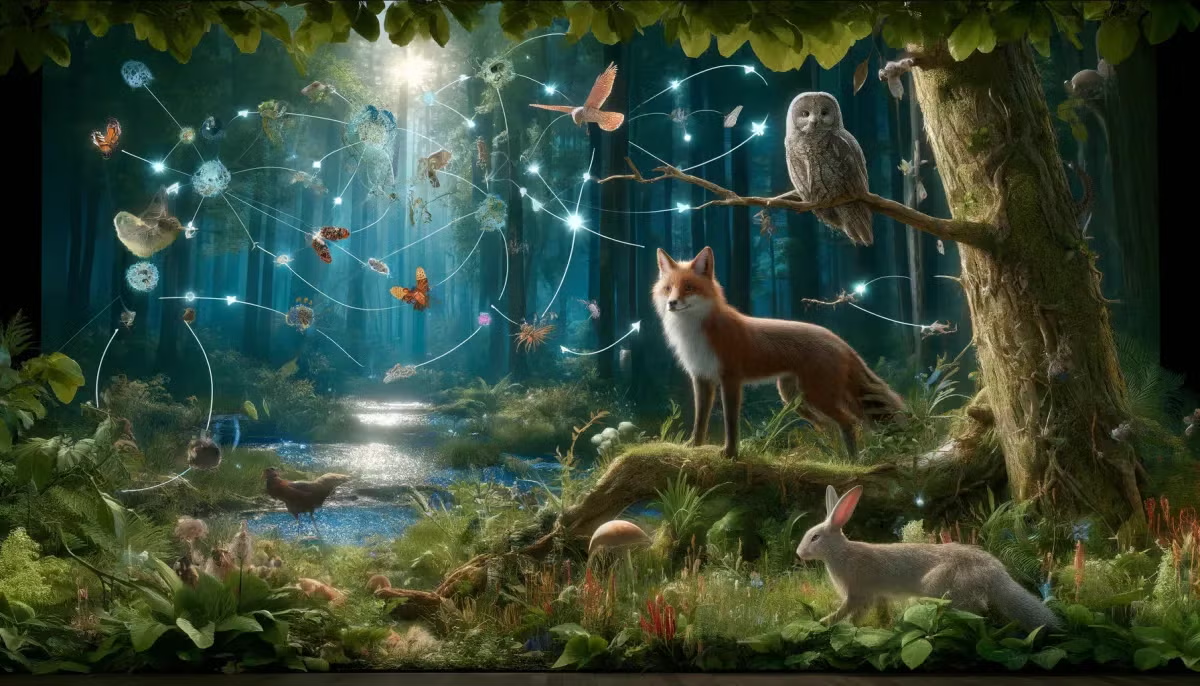
Spanish Retell of The Three Little Pigs -Los tres cerditos: y el lobo feroz using Beebots for Coding
by Luz-Maria Van Daam
• Student teams will work together in small groups to identify important story elements in a familiar story, then develop a plot diagram using Bee-Bots.
• In a small group, students will use code to program the retell of the story of the three little pigs.
This lesson may be taught in 45 minutes or extended various days to allow students to problem solve their coding and structure of the three little pigs homes.
Lesson Grade Level
KindergartenLesson Plan Link/URL
https://docs.google.com/presentation/d/1qWW6Qubk0meKVcg0Tf8Kraep4B4Ie9j8/edit?u…Subject Area
Science Physical Science P2: Objects at a Distance Technology 5. Computational Thinker Engineering S2: Apply the Engineering Design Process S3: Apply Mathematics to Engineering S5: Apply Technology to Engineering Mathematics Counting and Cardinality (CC) English Language Arts (ELA) Reading (Literature) Speaking & Listening
Featured
Off
Related Content

Grades:
5th Grade
This 5th grade lesson incorporates Mad Lib, micro:bits and learning how to code on Makecode.org. This lesson is teacher directed to walk students to add variables and text value. Students will use

Grades:
2nd Grade
This lesson uses a children's literature book called Rosie Revere, Engineer. The lesson is designed to support ELA standards along with Math and SEPs. (Science and Engineering Practices) The initial

Grades:
2nd Grade, 3rd Grade
Students will research a biome around the world, including 3 animals, 3 plants, and 3 nonliving parts of the ecosystem. Students will construct a diorama of the biome and illustrate a natural disaster